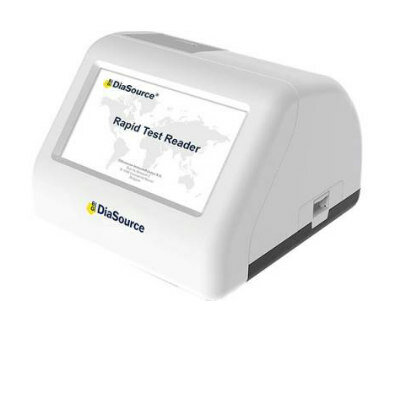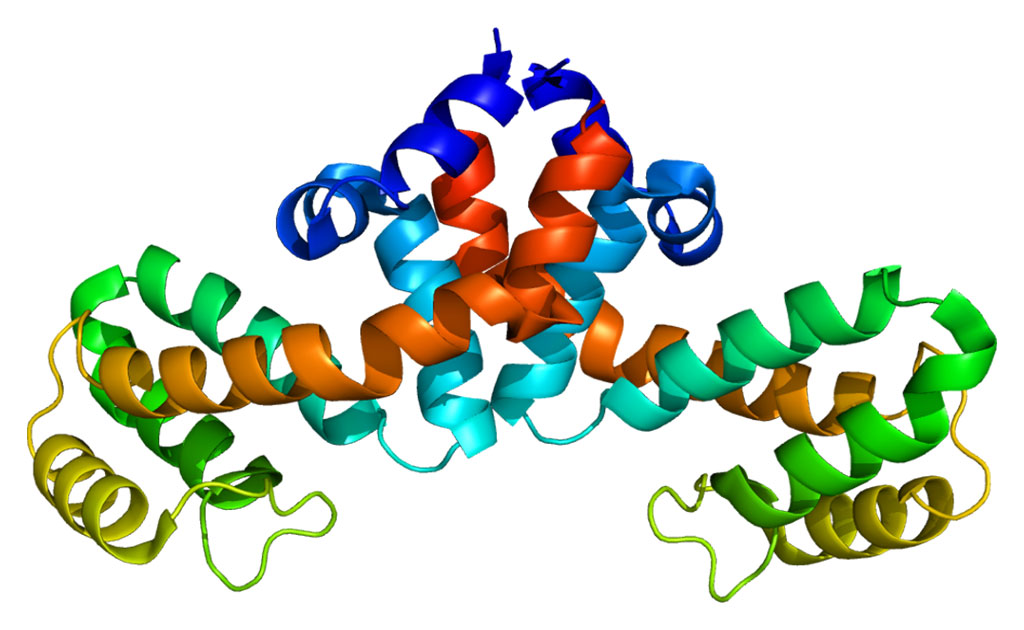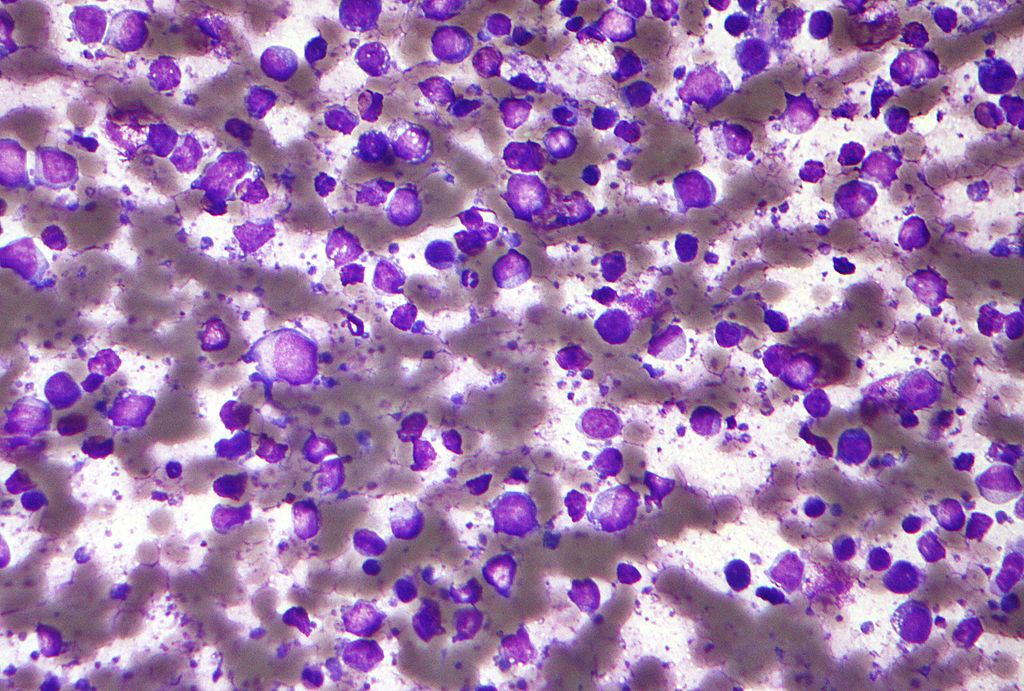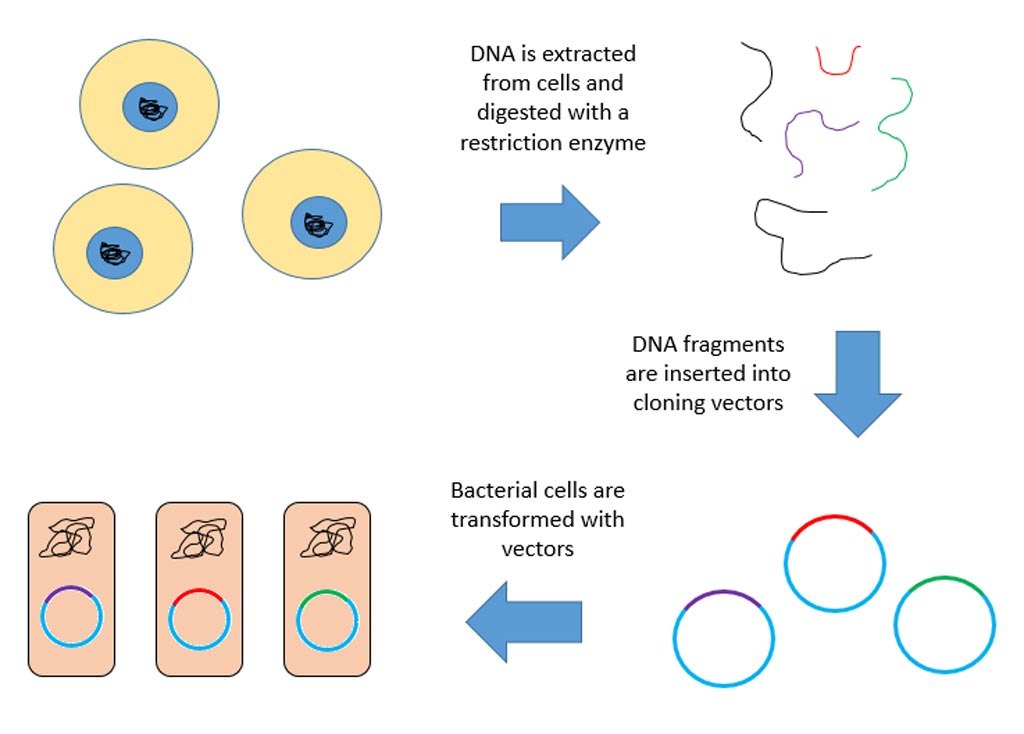Lavender Oil Demonstrates Impressive Antifungal Activity
By LabMedica International staff writers
Posted on 28 Feb 2011
Essential oils distilled from the Lavandula viridis L'Hér shrub [L'Héritier] that grows in southern Portugal demonstrated potent antifungal activity in studies carried out on laboratory cultures of dermatophytes and Candida species.Posted on 28 Feb 2011
Investigators at the University of Coimbra (Portugal) isolated essential oils from L. viridis by hydrodistillation and analyzed them by gas chromatography and mass spectrometry. The MIC (minimal inhibitory concentration) and the minimal lethal concentration (MLC) of the essential oil and its major compounds were determined against several pathogenic fungi. The effects of short exposure to the oils on Candida albicans cells were examined by flow cytometry.
Results published in the February 14, 2011, online edition of the Journal of Medical Microbiology revealed that the oils were characterized by a high content of oxygen-containing monoterpenes, with 1,8-cineole being the main constituent. Monoterpene hydrocarbons were present at lower concentrations. According to the determined MIC and MLC values, the dermatophytes and Cryptococcus neoformans were the most sensitive fungi followed by Candida species. For most of these strains, MICs were equivalent to MLCs, indicating a fungicidal effect of the essential oil. The oil was further shown to inhibit completely filamentation in Candida albicans at concentrations well below the respective MICs. Flow cytometry results suggested a mechanism of action ultimately leading to cytoplasmic membrane disruption and cell death.
"Lavandula oil shows wide-spectrum antifungal activity and is highly potent. This is a good starting point for developing this oil for clinical use to manage fungal infections. What is now required is clinical trials to evaluate how our in vitro work translates in vivo,” said senior author Dr. Lígia Salgueiro, professor of pharmacology at the University of Coimbra. "In the last few years there has been an increase in the incidence of fungal diseases, particularly among immunocompromised patients. Unfortunately, there is also increasing resistance to antifungal drugs. Research by our group and others has shown that essential oils may be cheap, efficient alternatives that have minimal side effects.”
Related Links:
University of Coimbra













